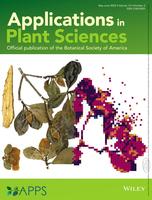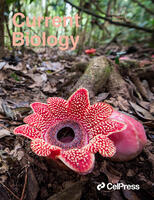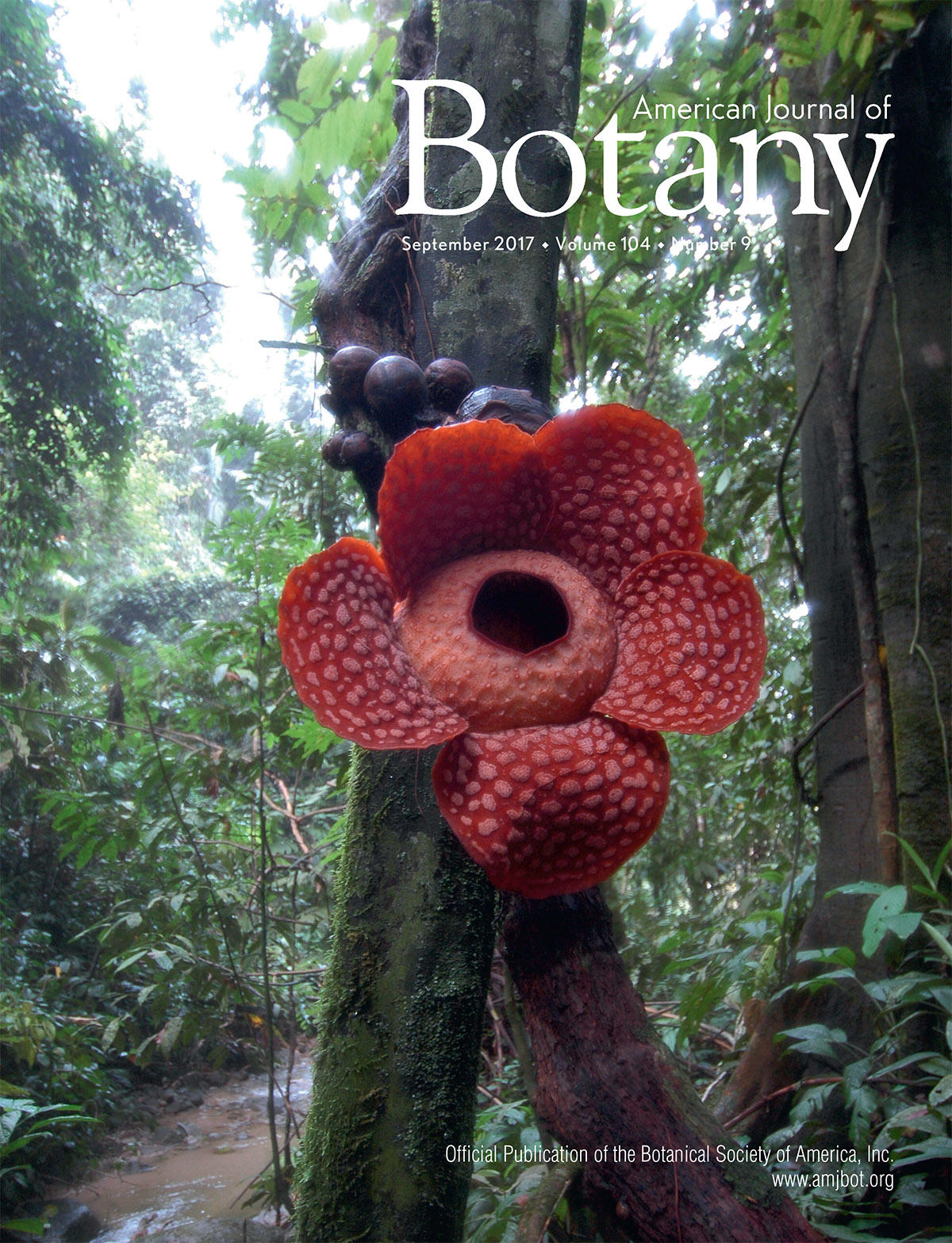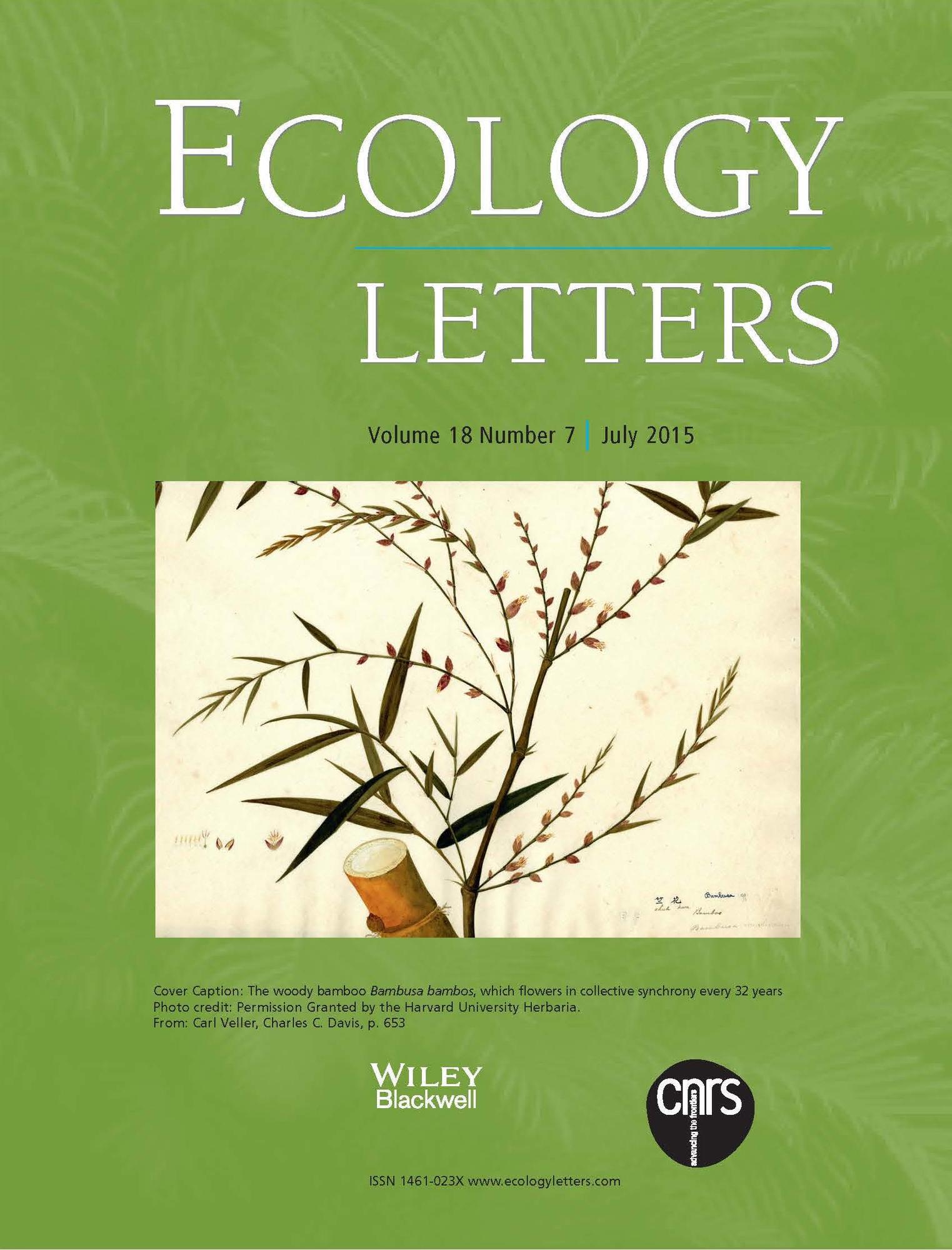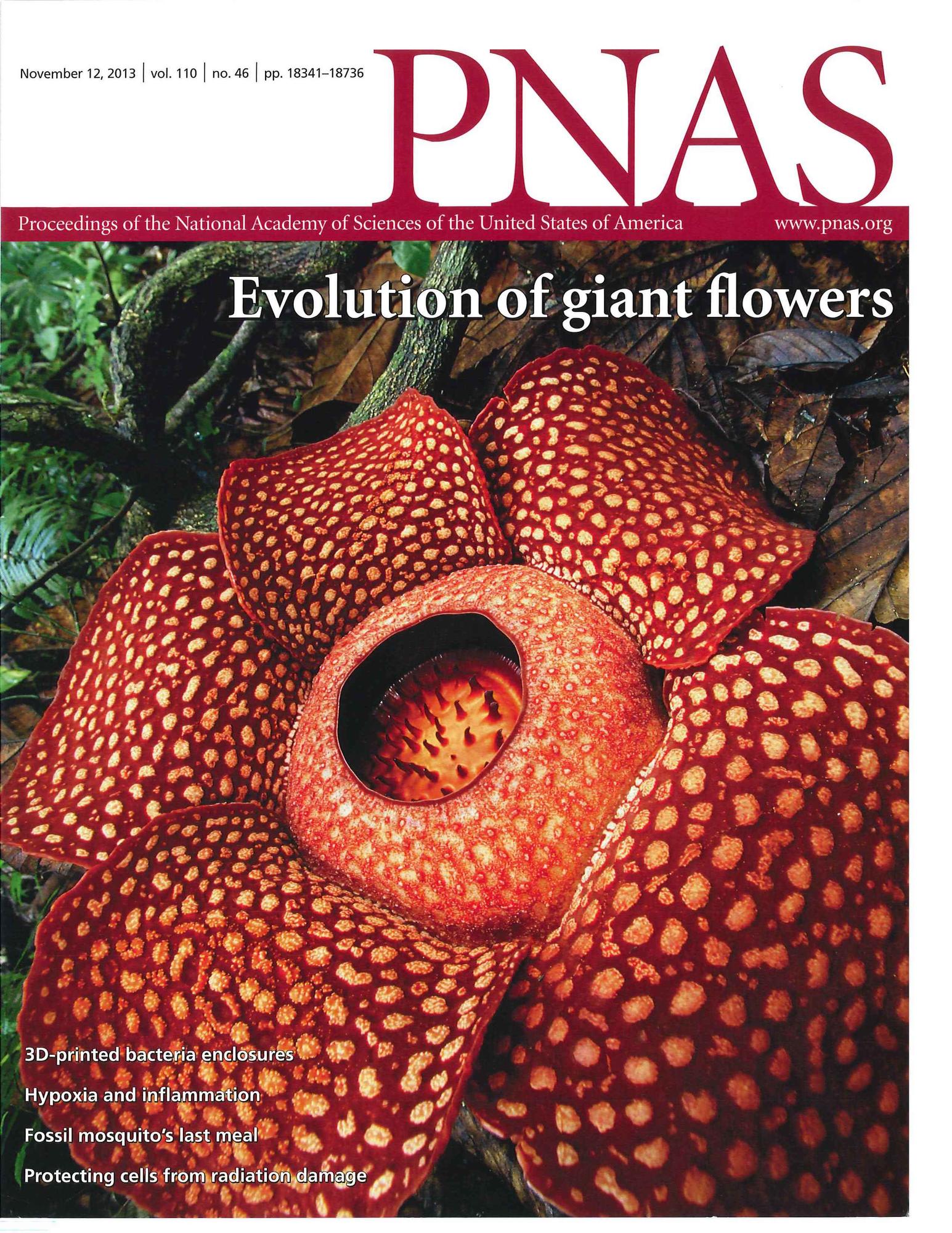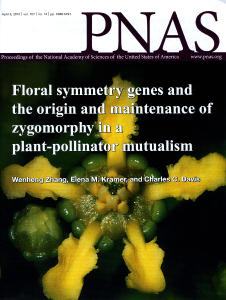Citation:
| 147 KB |
Abstract:
The rattlesnake fern (Botrychium virginianum (L.) Sw.) is obligately mycotrophic and widely distributed across the northern hemisphere. Three mitochondrial gene regions place this species with other ferns in Ophioglossaceae, while two regions place it as a member of the largely parasitic angiosperm order Santalales (sandalwoods and mistletoes). These discordant phylogenetic placements suggest that part of the genome in B. virginianum was acquired by horizontal gene transfer (HGT), perhaps from root-parasitic Loranthaceae. These transgenes are restricted to B. virginianum and occur across the range of the species. Molecular and life-history traits indicate that the transfer preceded the global expansion of B. virginianum, and that the latter may have happened very rapidly. This is the first report of HGT from an angiosperm to a fern, through either direct parasitism or the mediation of interconnecting fungal symbionts.
Notes:
Davis, Charles CAnderson, William RWurdack, Kenneth JengComparative StudyResearch Support, Non-U.S. Gov'tResearch Support, U.S. Gov't, Non-P.H.S.England2005/09/30 09:00Proc Biol Sci. 2005 Nov 7;272(1578):2237-42.

